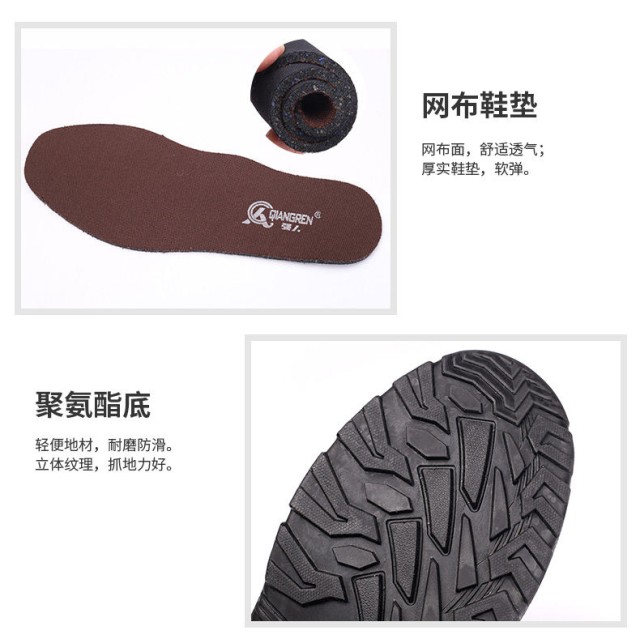Selecting the right safety toe material isn't just about meeting basic ASTM standards—it's about matching footwear to your specific work environment. While steel toes dominate market share, modern workplaces demand smarter solutions that address conductivity risks, weight constraints, and emerging material technologies.
Safety Toe Material Showdown
Electrical Hazard Environments: When Conductivity Matters
Workers facing live wires or explosive atmospheres need non-conductive protection. Research shows traditional steel toes can create dangerous current pathways, while composite materials provide inherent insulation. Key considerations:
- ASTM F2413 EH-rated footwear must block electrical currents
- Carbon fiber and Kevlar-reinforced toes prevent static discharge
- Moisture-wicking liners reduce sweat-induced conductivity
Industries like utilities and chemical processing increasingly adopt these solutions after documented incidents involving conductive footwear.
High-Security Areas: Avoiding Metal Detector Triggers
Airport maintenance crews and prison staff face unique challenges:
- Aluminum toes offer comparable protection to steel (meeting ASTM impact standards) while minimizing detector disruptions
- Full-composite designs eliminate metal content completely
- Magnetic permeability tests should verify security compliance
A 2023 facility survey showed 68% of security-sensitive workplaces now mandate non-ferrous footwear, up from 42% in 2018.
Weight vs Protection Tradeoffs
Lightweight Alternatives for Active Jobs
Warehouse pickers and roofers sacrificing safety for mobility should consider:
- Titanium-infused polymers (30% lighter than steel)
- 3D-printed lattice structures that distribute impact forces
- Hybrid designs combining protective caps with breathable uppers
Field tests indicate workers wearing sub-2lb safety shoes complete 12% more tasks per shift compared to traditional 3.5lb steel-toe boots.
Material Innovation Frontier
Emerging Non-Metallic Options in Safety Footwear
Next-generation materials are redefining workplace protection:
- Graphene-enhanced composites offering superior puncture resistance
- Self-healing polymers that repair minor cracks between shifts
- Phase-change materials adapting to temperature extremes
Laboratory simulations predict these technologies could reduce occupational foot injuries by up to 40% in high-risk environments.
Ready to upgrade your safety footwear program? 3515 partners with distributors and bulk buyers to deliver purpose-engineered protective footwear across all major industries. Our material science team tailors solutions for your exact workplace hazards—contact us today for a complimentary hazard assessment.
Related Products
- Wholesale Customizable Suede Safety Boots - Puncture-Proof with Velcro Closure
- Puncture-Resistant Velcro Safety Boots for Wholesale & Custom Manufacturing
- Durable Moc Toe Wedge Sole Work Boots for Wholesale and Private Label
- Durable Rubber-Soled Utility Shoes for Wholesale & Custom Brand Manufacturing
- Durable Moc-Toe Wedge Work Boots | Wholesale Manufacturing for Brands
Related Articles
- Matching Men’s Work Shoe Safety Technologies to Workplace Hazards
- How to Choose Work Boots That Balance Safety, Comfort, and Durability for Your Job
- How to Choose Work Boots That Match Your Job Demands and Safety Needs
- How to Extend Work Boot Lifespan: Science-Backed Care for Safety & Savings
- Steel Toe Work Boots: Balancing Safety and Comfort for Demanding Jobs



















